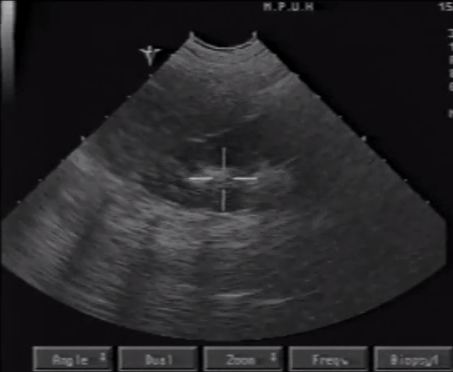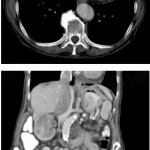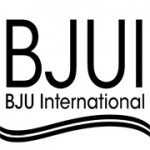Video: Evolution of SWL technique. A 25 year single centre experience of over 5000 patients
Evolution of SWL technique. A 25 year single centre experience of over 5000 patients
Jitendra Jagtap, Shashikant Mishra, Amit Bhattu, Arvind Ganpule, Ravindra Sabnis and Mahesh Desai
Department of Urology, Muljibhai Patel Urological Hospital, Nadiad, India
OBJECTIVE
To assess the impact of various treatment optimisation strategies in shockwave lithotripsy (SWL) used at a single centre over the last 25 years.
PATIENTS AND METHODS
In all, 5017 patients treated between 1989 and 2013 were reviewed and divided into groups A, B, C and D for the treatment periods of 1989–1994 (1561 patients), 1995–2000 (1741), 2001–2006 (1039) and 2007–2013 (676), respectively. The Sonolith 3000 (A and B) and Dornier compact delta lithotripters (C and D) were used. Refinements included frequent re-localisation, limiting maximum shocks and booster therapy in group B and Hounsfield unit estimation, power ramping and improved coupling in group D. Parameters reviewed were annual SWL utilisation, stone and treatment data, retreatment, auxiliary procedures, complications and stone-free rate (SFR).
RESULTS
The SFR with Dornier compact delta was significantly higher than that of the Sonolith 3000 (P < 0.001). The SFR improved significantly from 77.58%, 81.28%, 82.58% to 88.02% in groups A, B, C, and D, respectively (P < 0.001). There was a concomitant decrease in repeat SWL (re-treatment rate: A, 48.7%; B, 33.4%; C, 15.8%; and D, 10.1%; P < 0.001) and complication rates (A, 8%; B, 6.4%; C, 4.9%; and D, 1.6%; P < 0.001). This led to a rise in the efficiency quotient (EQ) in groups A–D from 50.41, 58.94, 68.78 to 77.06 (P < 0.001).The auxiliary procedure rates were similar in all groups (P = 0.62).
CONCLUSION
In conclusion, improvement in the EQ together with a concomitant decrease in complication rate can be achieved with optimum patient selection and use of various treatment optimising strategies.



